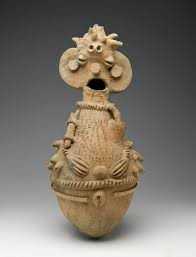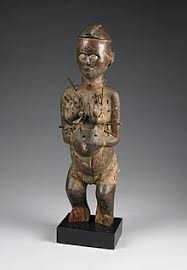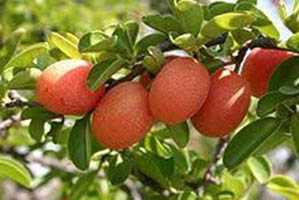I was brought up in an African Christian family. Hymns were sung without instruments of any sort. Unlike looking for or performing rituals with masks and fertility dolls, there were practical healing steps that required no artifacts.


 My father held some memorabilia of the world war, a soldier’s bag, and a colonial hat. I never asked who was the common enemy that the world was fighting. It made no sense asking for a common enemy who was dead by then, but I hated getting sick. Above all, I hated the injection from the local clinic. My attention though was drawn to one effective traditional medicine that was used to treat pink/red itching eyes.
My father held some memorabilia of the world war, a soldier’s bag, and a colonial hat. I never asked who was the common enemy that the world was fighting. It made no sense asking for a common enemy who was dead by then, but I hated getting sick. Above all, I hated the injection from the local clinic. My attention though was drawn to one effective traditional medicine that was used to treat pink/red itching eyes.
The following were required;
- A soot dump, where we carried wooden ashes from the fireplace
- An early morning red cloudless sky just before sunrise
- An evening red cloudless sky just after sunset
- Water boiled in roots of Ximenia caffra (nhengeni in Shona see below) then cooled overnight
- One could warm the concoction and stand on the ash dumpsite facing the eastern or western red sky depending on the time of day.
- Wash your face making sure the water enters the affected eyes and making sure that it falls on the ashes.
- One required looking at the red sky after splashing the water in the affected eyes several times.
- After repeating this process over a few days, the eyes would heal

I followed every step of the process because I was the younge
st at home all brothers and sisters were in the city working. Healing took place but up to now, I do not understand the healing procedure that required the patient to stand on the ash dump and face the eastern or western sky just before sunrise or after sunset.
Ximenia caffra, the large sourplum, also known as suurpruim, mtundakula, mpingi,tsvanzva, umThunduluka-obomvu, letshidi,moretologa and amatu nduluka, is a small tree or small shrub that is thinly branched. It is part of the Olacaceae family which is native throughout tropical regions.

